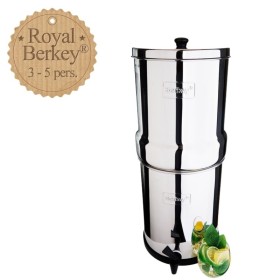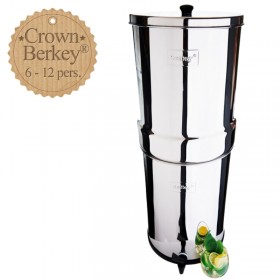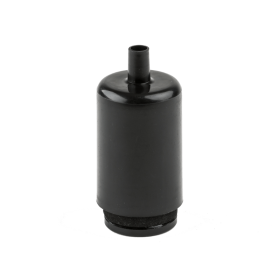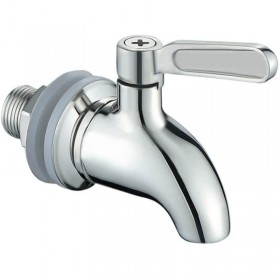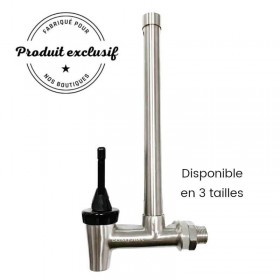Water polluted with arsenic
Arsenic is a member of the pnictogen family, like nitrogen, phosphorus, antimony and bismuth. It is a highly toxic element and as such has been a regulated pollutant since 2005.
It occurs naturally in the soil, often linked to precious metals such as silver or gold.
The recent arsenic pollution in the Aude is reviving the debate on industrial soil pollution and the risks of contamination, including of drinking water.
In the department of Aude, as a result of the floods in 2018, very large quantities of arsenic were spread over large areas by the leaching of the former largest gold mine in Europe, which closed 15 years ago, leaving behind more than a million tonnes of extremely toxic waste.
As far back as 1970, several prefects had warned of the danger of this environmental liability, which was about to become a public health problem. But nothing was done, due to a lack of investment.
Today, a study indicates that six to eight tonnes of arsenic will leach out over at least 20,000 years!
The affected area will therefore expand inexorably. The pollution is moving through underground aquifers at a rate of 3 metres a day.
Arsenic is an endocrine disruptor and a disruptor of cell differentiation, contributing to its carcinogenic properties.
Other regions in France are also polluted with arsenic. At lower concentrations, admittedly, but the "cocktail" effect with other common pollutants such as PCBs, lead or selenium is poorly understood and can lead to real health problems.
Berkey® systems, thanks to the use of Black Berkey® filters, enable arsenic removal of up to 99.9%. For regions with high arsenic concentrations, and to avoid saturating Black Berkey® filters prematurely and before their 11,300-litre filtration capacity, it is important to add PF-2 filters, specifically developed to filter arsenic, but also fluorides and heavy metals.
For pure water, think Berkey® filters, your health trump card!
Share this content



